As someone who’s been in the welding industry for a while, I’ve had the opportunity to use a variety of helmets from many brands, like Miller, Optrel, Lincoln, and ESAB.
And while it may be tempting to save a few bucks on cheap brands imported from China, the truth is that these helmets often don’t provide the protection and features you need to work safely and efficiently. They usually end up in the trash.
When select the best options, I look for:
- Viewing area
- Optical clarity
- Comfort & head strap adjustability
- Tech features
- Construction quality
- Brand reputation
My personal favorite is the Lincoln Viking 3350. It ticks all the boxes above, with excellent visibility, versatility with all processes including TIG and is the most used helmet among professionals I know.
Note: I purposefully avoided the cheapest helmets as I have had bad experiences with them. Either they weren’t reliable, the parts were hard to find, or their support was non-existent. If you’re on a tight budget, check out my cheap welding helmets guide under $100.
With that in mind, let’s dive in.
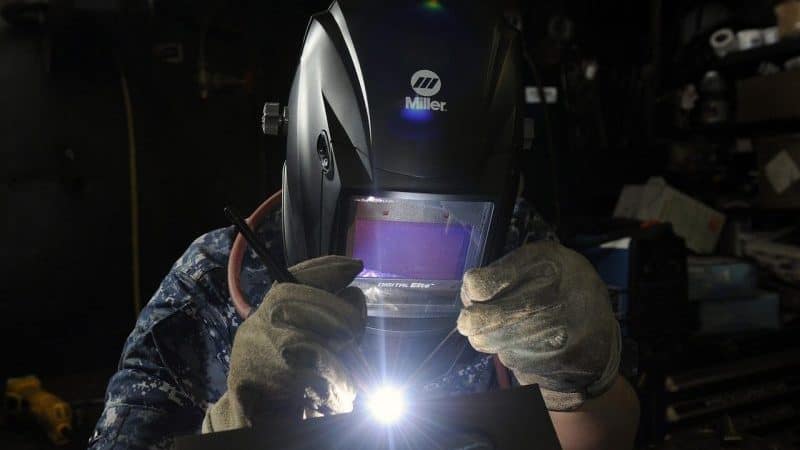
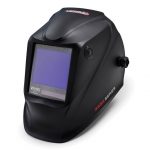
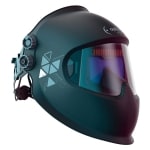
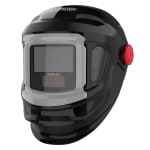
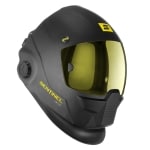
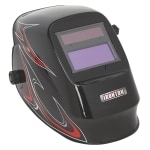
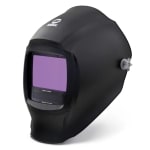
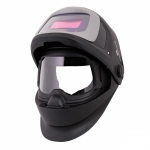
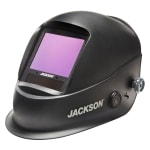
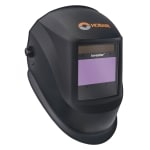
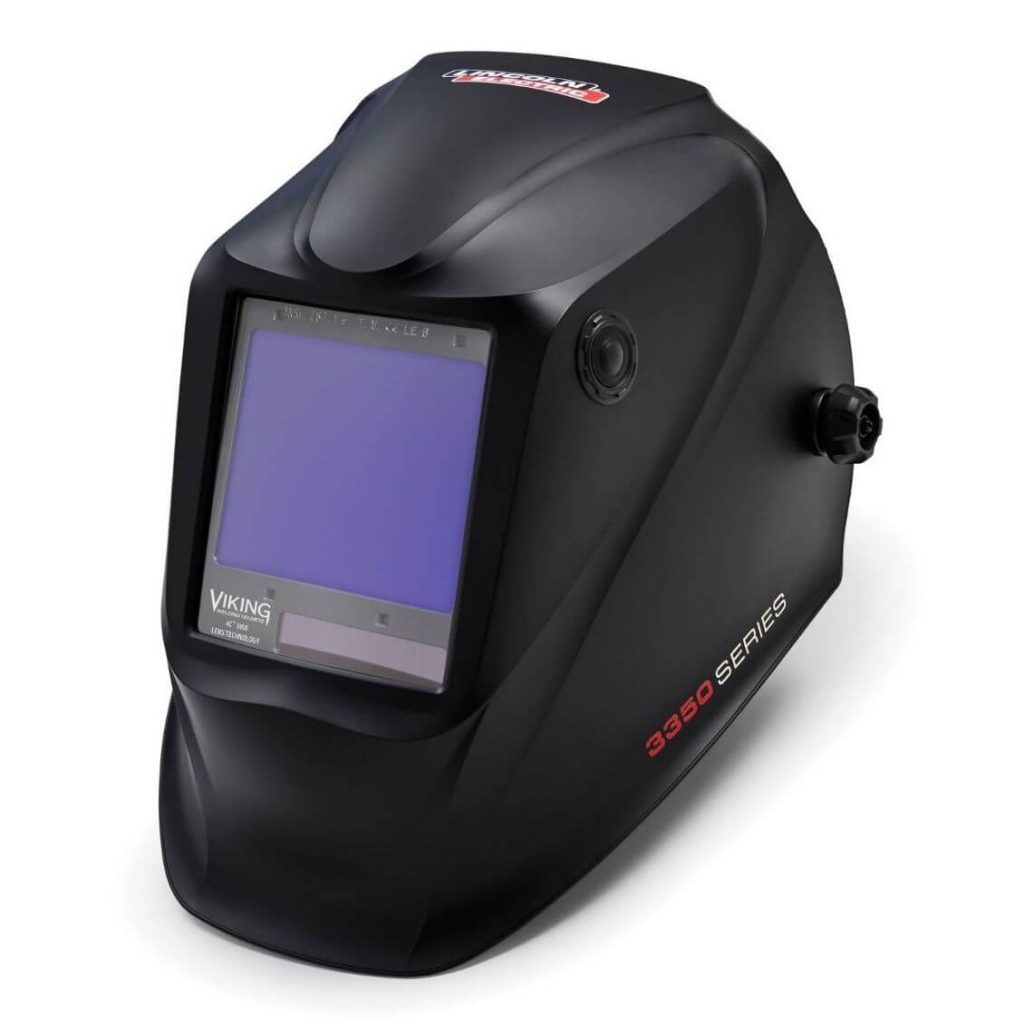
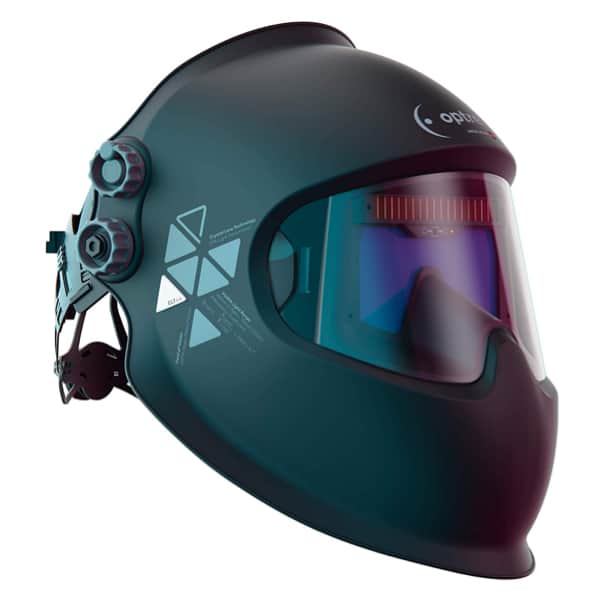
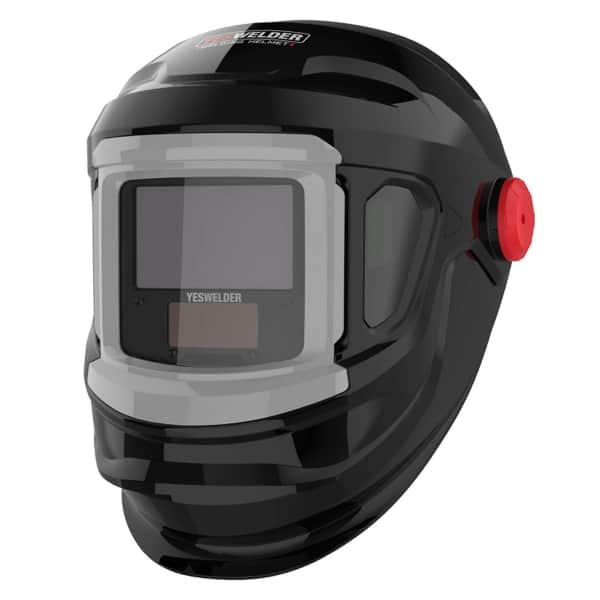
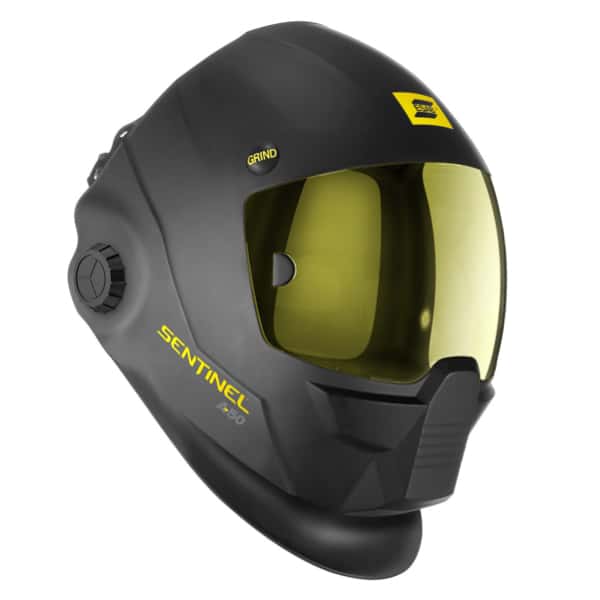
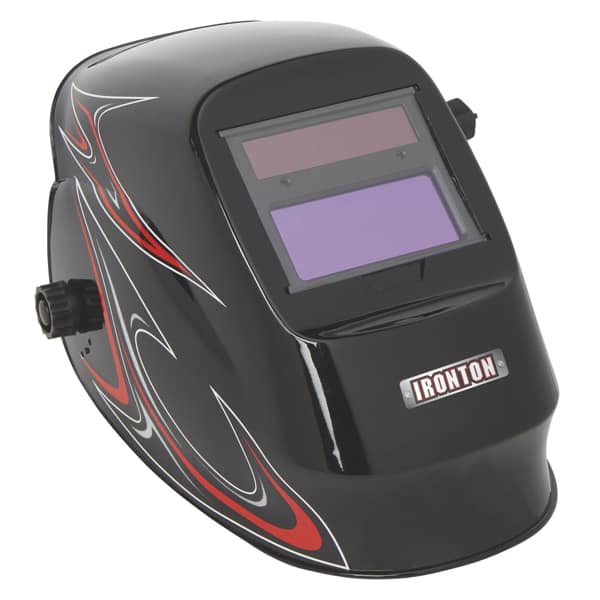
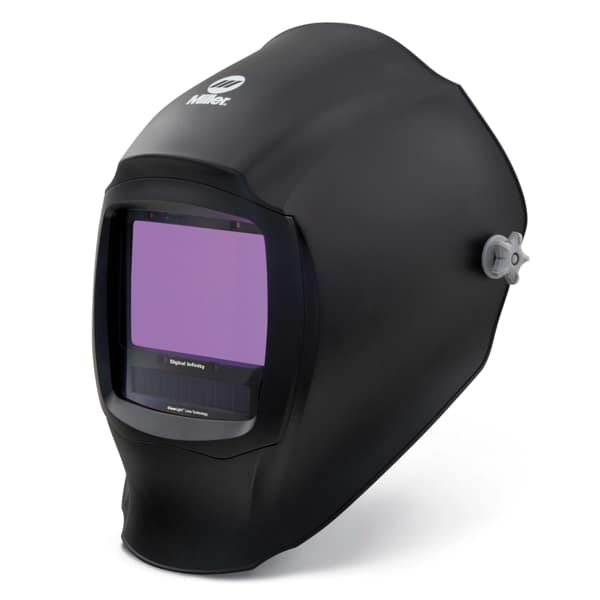
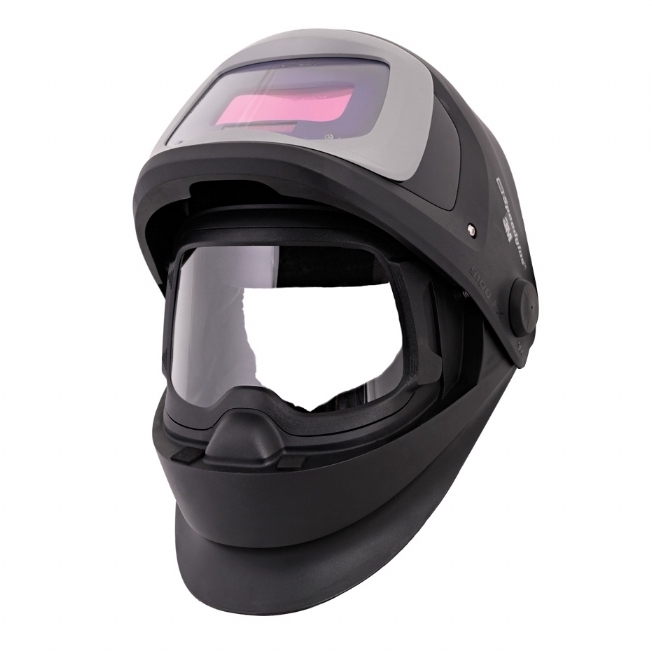
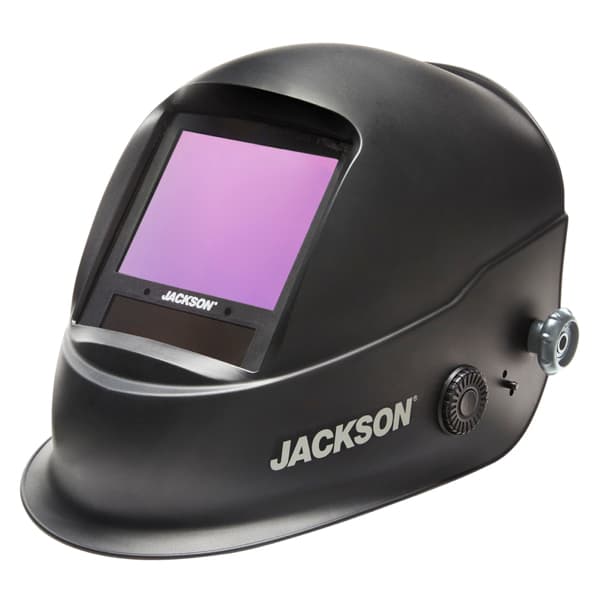
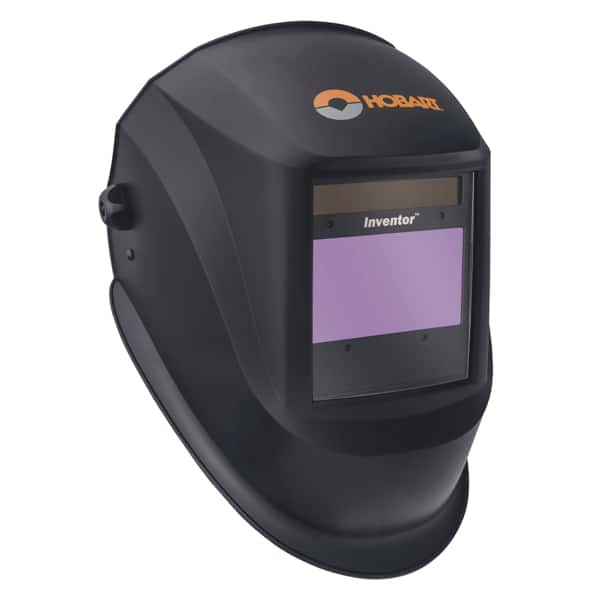
The right Miller Digital Infinity in the game! Sleek design. Doesn’t look like a cheap, boxy hockey helmet. Doesn’t look like a sport bike helmet. Perfectly designed in the ‘looks department’. Sensors never failed on me and the headgear is the most comfortable ive ever tried.
I’d agree its a good looking hood. i like it a lot. However i find it to be pretty heavy especially for overhead. Also my head gear broke but i’m pretty sure thats just a miller thing. 2nd miller hood that the headgear has broken on me. all in all a good pick though